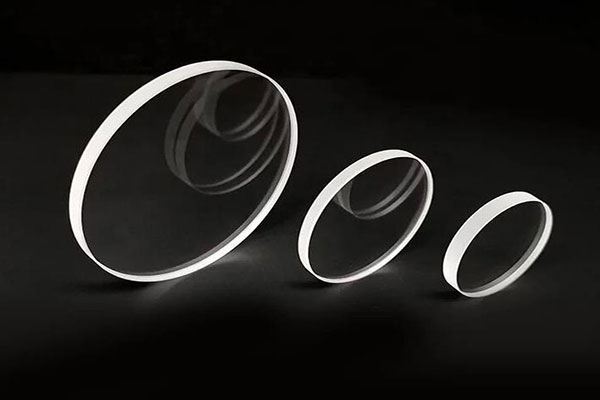In art exhibitions or private collections, how to better present the charm of artwork is always the goal people pursue. Low-reflection picture frame glass, with its unique optical properties and desirable display effect, has gradually become a new favourite in the industry. In this paper, we will discuss how to optimise the display effect through the selection of low-reflective picture frame glass, so that the artwork is presented to the audience in the desirable state.
Firstly, the biggest advantage of low-reflection glass is that it can significantly reduce the reflectivity of light on the glass surface. Due to the refraction and reflection of light, traditional glass is prone to form obvious reflections on the screen, which interferes with the viewer's line of sight and affects the true presentation of the artwork. Low-reflective glass, on the other hand, adopts special processing technology to reduce the reflectivity to a minimum, making the colour of the picture purer and the details more clearly visible. Therefore, choosing low-reflective picture frame glass can effectively reduce the problem of reflection and enhance the viewing experience.
Secondly, low-reflection picture frame glass also has good physical properties. It has strong abrasion resistance, and high surface hardness, is not easy to scratch, and even in the case of frequent touch can remain as smooth as new. This is especially important for public exhibition spaces because frequent contact and cleaning will cause damage to ordinary glass and affect the display effect. Choosing low-reflective glass not only keeps exhibits looking good but also reduces maintenance costs.

When choosing low-reflective picture frame glass, you should also consider its ability to resist UV rays. UV rays are one of the main factors that cause colour fading and material deterioration of paintings, photographs and other artworks. Low-reflective glass can effectively block of the harmful UV rays, providing an extra layer of protection for the artwork, which in turn helps to prolong the preservation of the artwork and maintains the colour and texture of the artwork. Therefore, when choosing low-reflective glass, you should ensure that it has good UV-blocking capabilities.
In addition, environmental attributes are also a factor to be considered when choosing low-reflective framing glass. In the current global context of strengthening environmental protection, the production process of this glass material should focus on environmental protection and reduce the emission of harmful substances. At the same time, due to its durability, reducing the number of replacements, but also correspondingly reduces the consumption of resources and the generation of waste, in line with the concept of sustainable development.
In terms of aesthetics and design, low-reflective picture frame glass provides designers with more room for creativity with its desirable transparency and clarity. It not only enhances the display effect but also becomes an element that enhances the overall environmental tone and taste. Therefore, when choosing low-reflection glass, its matching effect with the style of exhibits and the overall environment should be considered to achieve the desirable display effect.
Last but not least, the application range of low-reflection photo frame glass is very wide. In addition to the traditional display of paintings and photographs, it is also widely used in the display of cultural relics in museums, the display of precious artworks in exhibitions and high-end decorative design. Therefore, when choosing low-reflective glass, the appropriate type and specification should be selected according to the specific application needs and occasions.
In summary, the selection of low-reflective picture frame glass can optimise the display effect and enhance the viewing experience. With desirable optical performance, good physical properties, protective functions, environmental protection concepts and design flexibility, it has become an ideal choice for artwork display. Therefore, when choosing low-reflective picture frame glass, its optical properties, wear-resistant ability, UV resistance, environmental attributes and matching effect with exhibits should be fully considered to achieve the desirable display effect.





